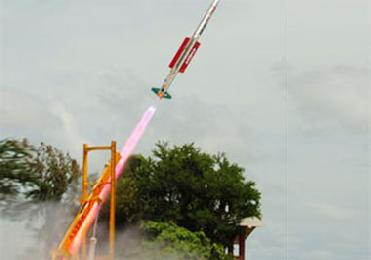
A file photo
BALASORE (PTI): For the first time, India on Tuesday conducted the night trial of its indigenously developed beyond visual range (BVR) air-to-air missile �Astra� in inclement weather.
Defence sources said the sophisticated missile was test-fired from a launcher in launch pad number two of the Integrated Test Range complex at Chandipur, about 15km from Balasore in Orissa, at about 8.15 pm IST.
The single stage, solid fuelled �Astra� missile is more advanced in its category than the contemporary BVR missiles and is capable of engaging and destroying highly maneuverable supersonic aerial targets, Defence Research Development Organisation sources said.
The 3.8m long missile, which has a diametre of 178mm, can carry a warhead containing explosives weighing 15 kg and can be fitted to any fighter aircraft.
It is intended to be eventually integrated with Indian Air Force�s Sukhoi-30 MKI, MiG-29, Mirage-2000, Jaguar and the Tejas Light Combat Aircraft, the sources said.
Describing �Astra� as a futuristic missile, DRDO scientists said the weapon could intercept the target at supersonic speed (mach 1.2 to 1.4).
�Before being made fully operational, the complex missile system will undergo some more trials, though tests of its navigation, control, air frame, propulsion and other sub-system have been validated,� the sources said.
Though the exact range of Tuesday�s trial has not been disclosed, DRDO scientists are working to ensure that �Astra� performs effectively at different altitudes � one cruising at an altitude of 15km with 90 to 110km range, another at an altitude up to 30,000 ft, having a range of 44km and the third at sea level with a range of 25km, the sources said.
The last two trials of Astra, conducted on January 11, 2010 from the same base, were successful.
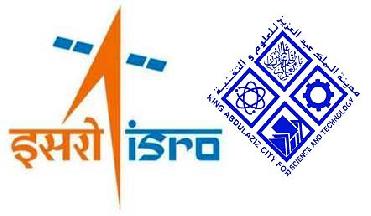 Previous Article
Previous Article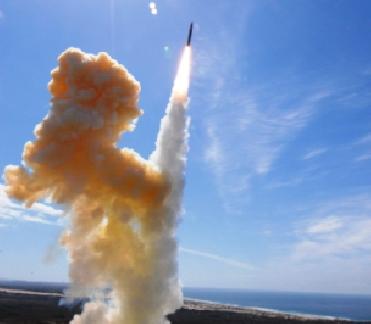 Next Article
Next Article

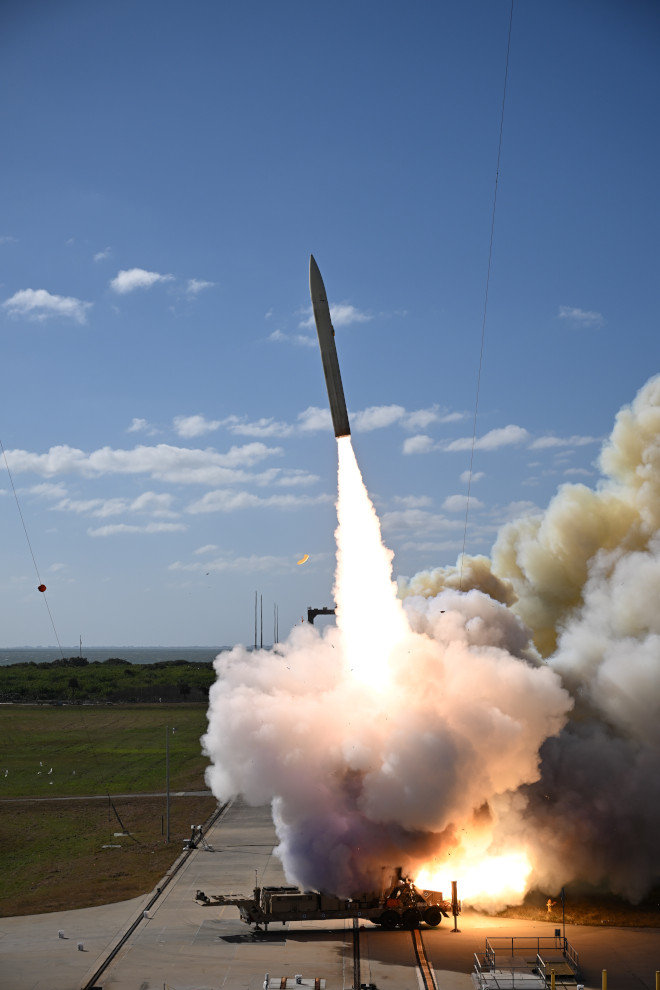
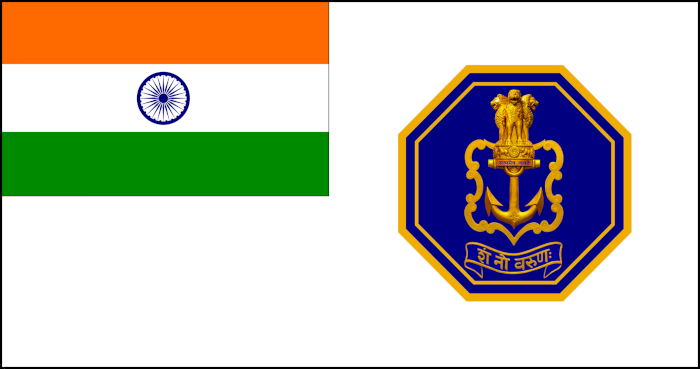








The Indian Air Force, in its flight trials evaluation report submitted before the Defence Ministry l..
view articleAn insight into the Medium Multi-Role Combat Aircraft competition...
view articleSky enthusiasts can now spot the International Space Station (ISS) commanded by Indian-American astr..
view article